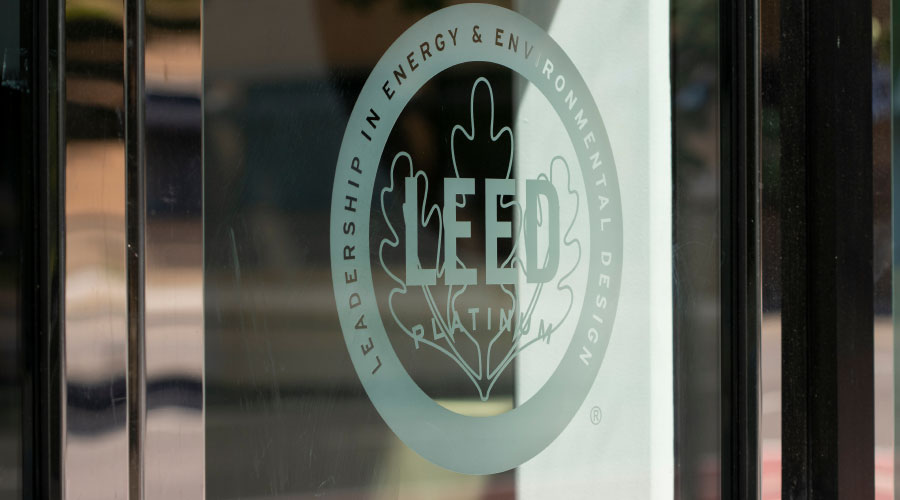Developing Internal Criteria for Green Products
Analyzing green certifications to decide which are credible may seem like a lot of work. There is a learning curve for facility executives who are looking into green certifications for the first time, but in a short time the programs can become time-savers.
Experts suggest establishing your own performance criteria for products first, then deciding which environmental criteria are important and then using the third-party green certification as the way to verify those environmental criteria.
“The green certifications are where you start in qualifying environmental criteria,” says Rengers. Facility executives would be smart to document this qualification and selection process, and use it as the basis for an organization’s own product standards or specifications. That way, an organization’s selection process is simplified and always judged against the same list of environmental and performance criteria it has deemed important.
For example, Kaiser Permanente’s most important consideration in writing its building product standards is how the products will affect human health and safety. This means, among other things, finding out how much embodied energy a product uses in the manufacturing process. That’s because Kaiser Permanente considers global warming a public health issue, Cooper says, and the more energy needed to manufacture a product, the more that product contributes to global warming. As another example, if a product ends up in a landfill at the end of its life, Cooper says that has public health implications also, if the product is burned in the landfill.
The process Cooper is describing has a name: environmental life-cycle analysis. It means considering all stages and environmental impacts of a product from the earliest stages of raw material extraction to what happens to it at the end of its life. In truth, not many facility executives are familiar with this process, but most experts see it as the next stage of qualifying the environmental attributes of products.
“The whole industry in general is behind on environmental life-cycle assessments,” says Fuller. “When you mention things like embodied energy, eyes glaze over.”
Tools like Pharos (see “Pharos Project Readies New Environmental Assesment Tool”) under development by the Healthy Building Network, and eLCie, developed by the International Design Center for the Environment, can help facility executives complete their own environmental life-cycle assessments on products. And many manufacturers will provide facility executives with Material Safety Data Sheets to describe the makeup of all raw materials, data on energy, accurate percentage of recycled content, or any other environmental criteria facility executives may consider important.
So while some manufacturers are simply changing their marketing and not their products, many manufacturers are making genuine efforts to give facility executives better environmental choices. Facility executives who may have been fooled by greenwash in the past shouldn’t be so jaded that they dismiss out of hand all manufacturers that claim to make green products. Deciphering what’s green and what’s not certainly requires a bit more diligence than it did in the past. Fortunately, there have never been more resources to help.
Related Topics:
















